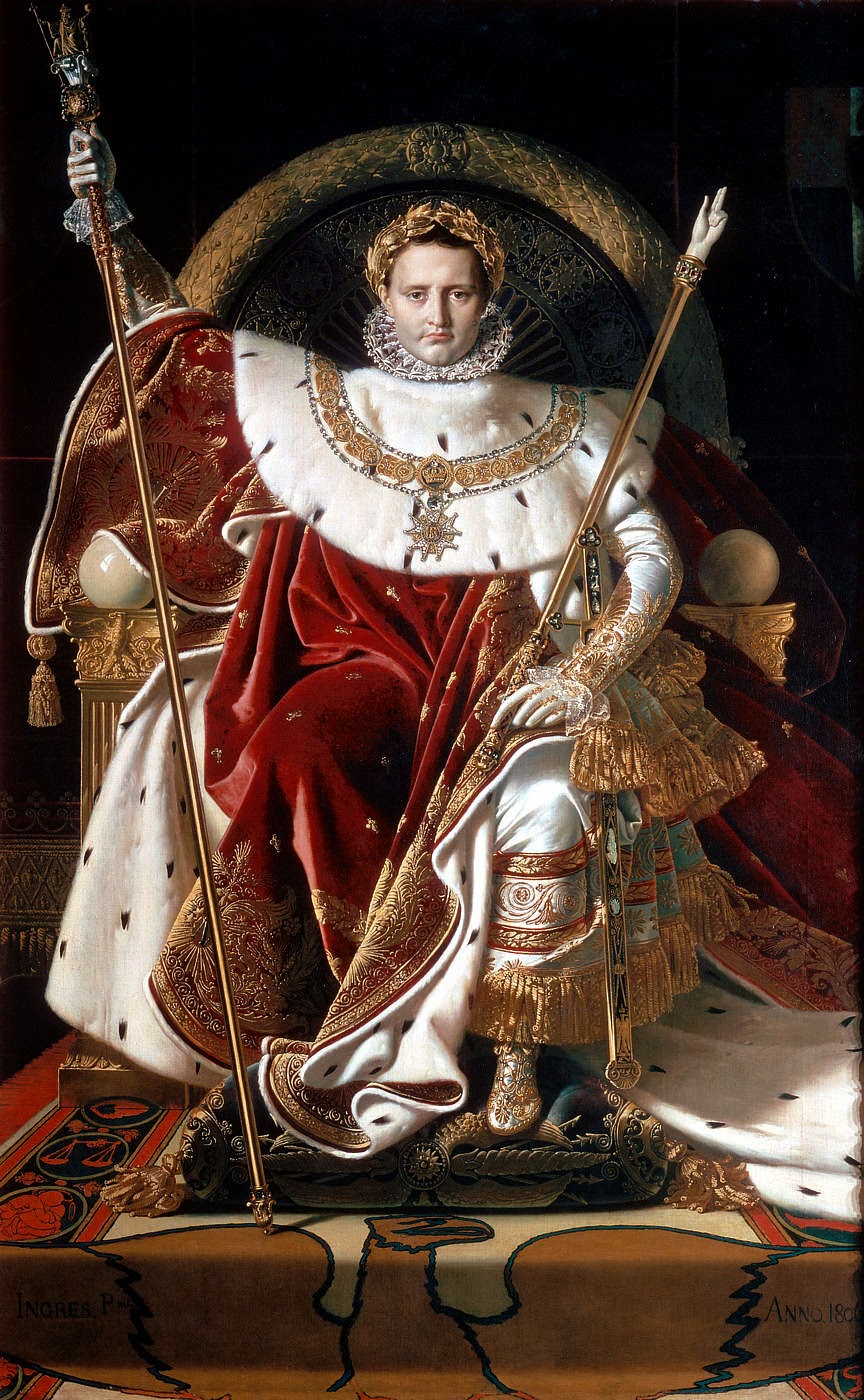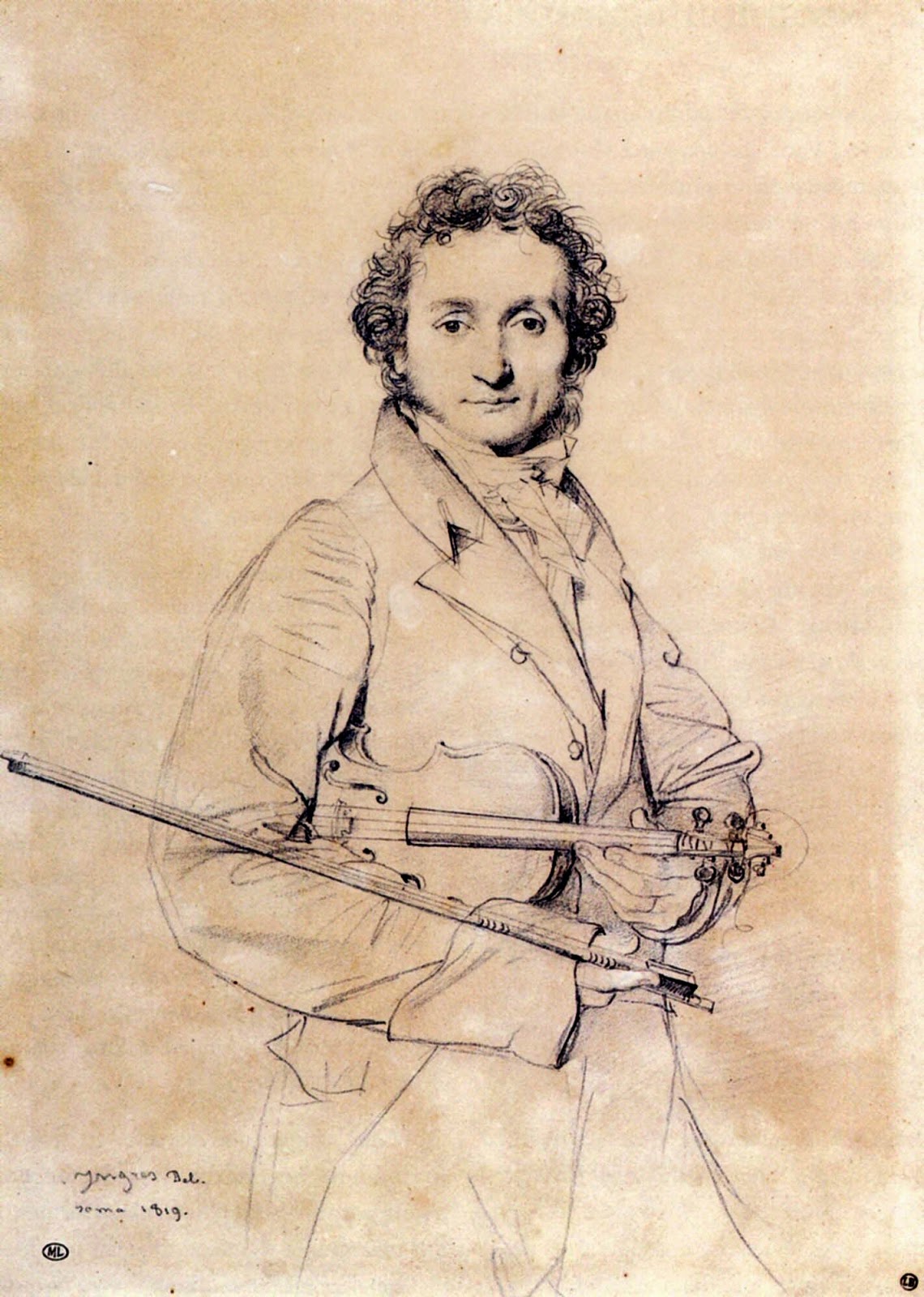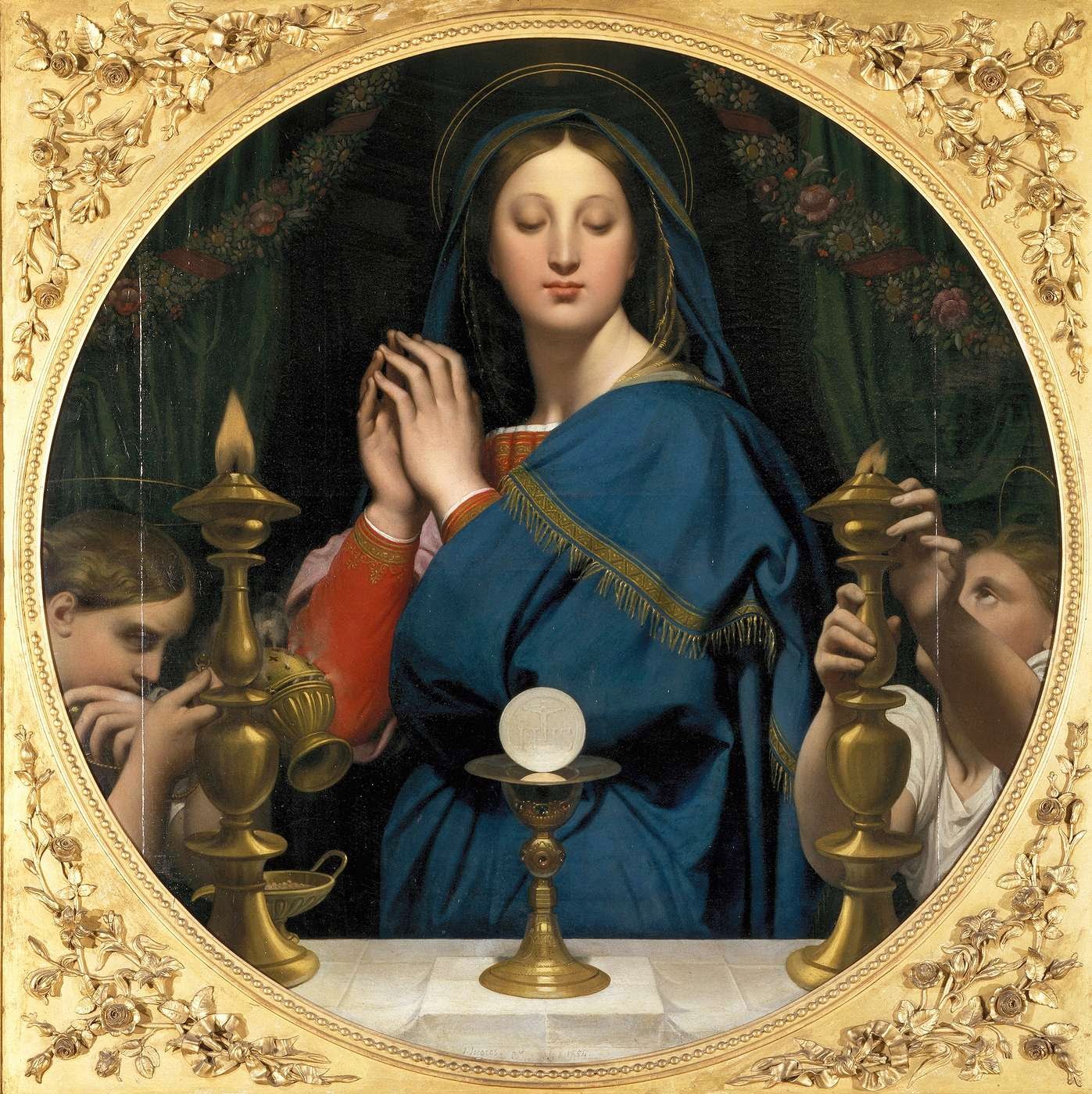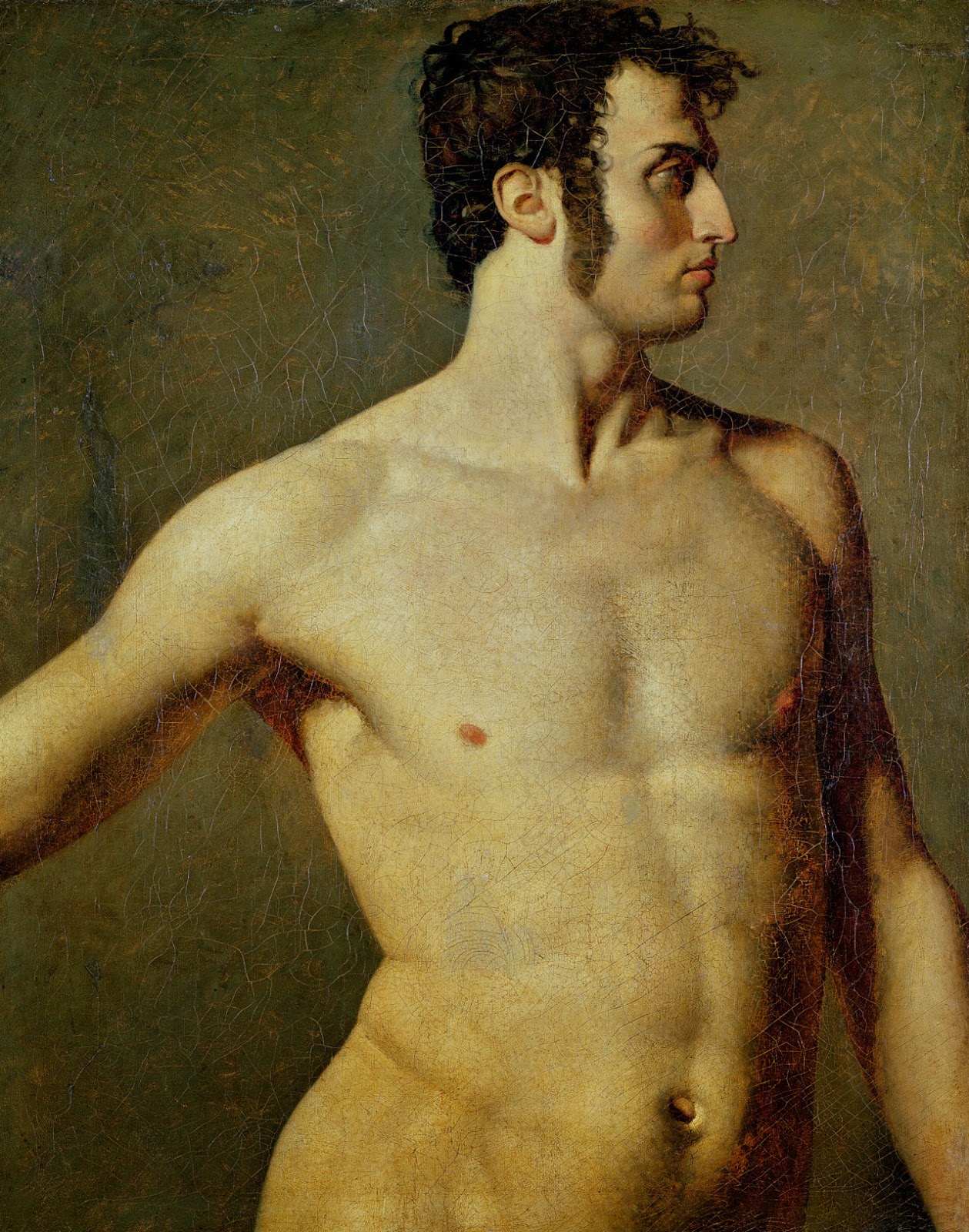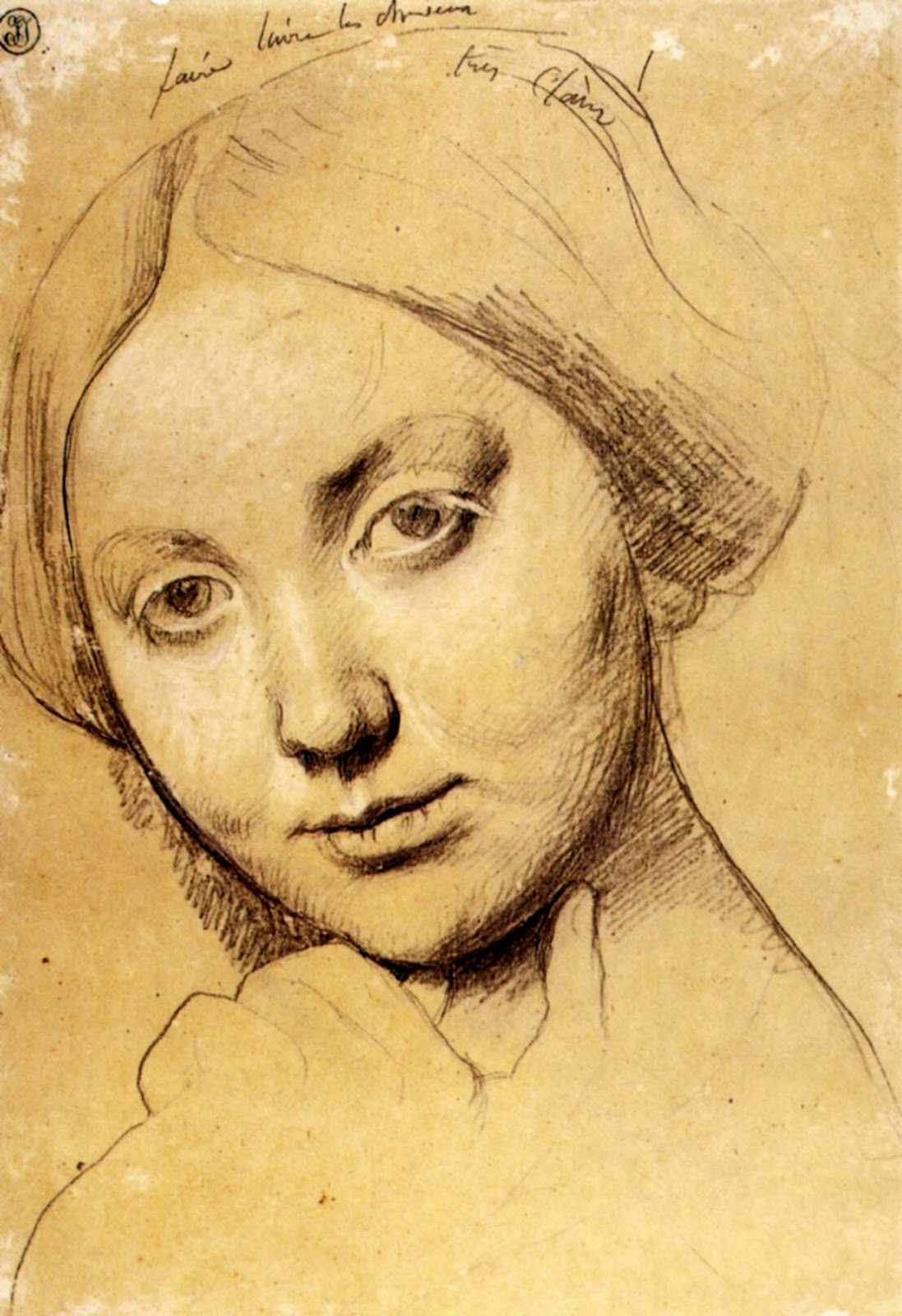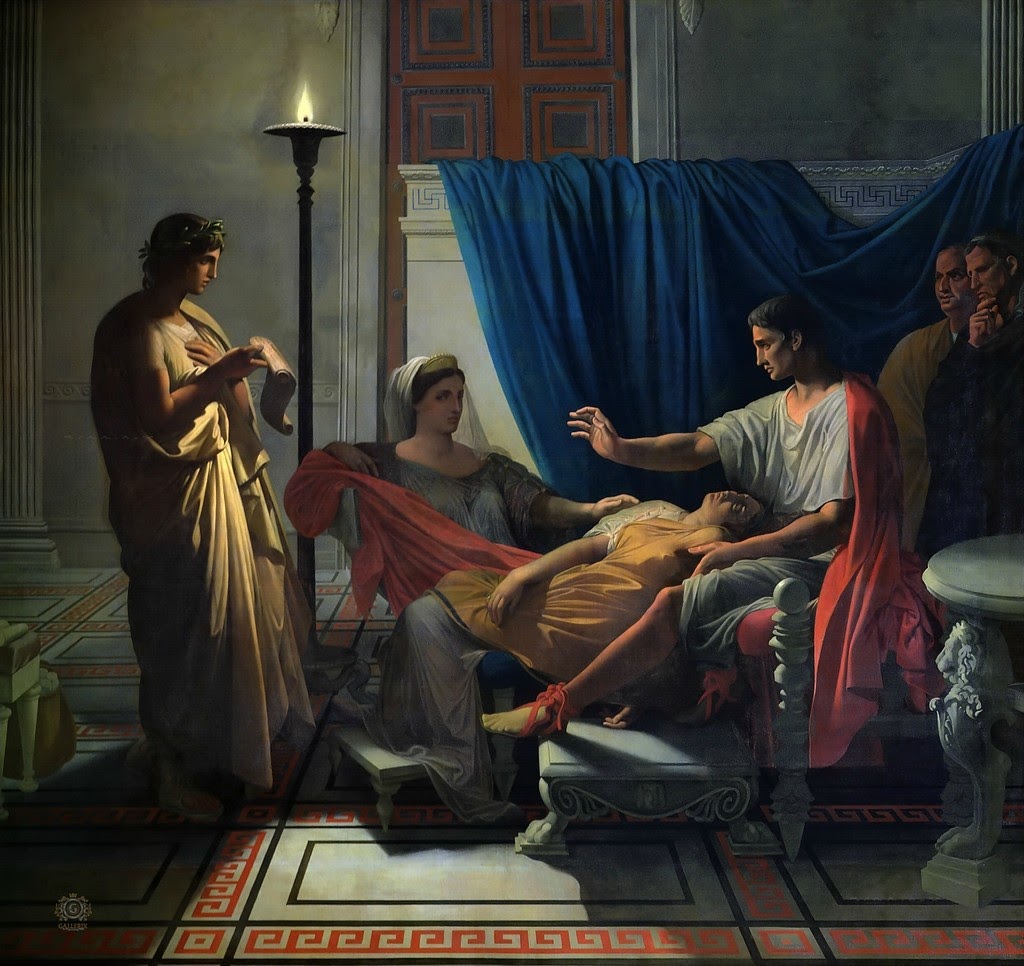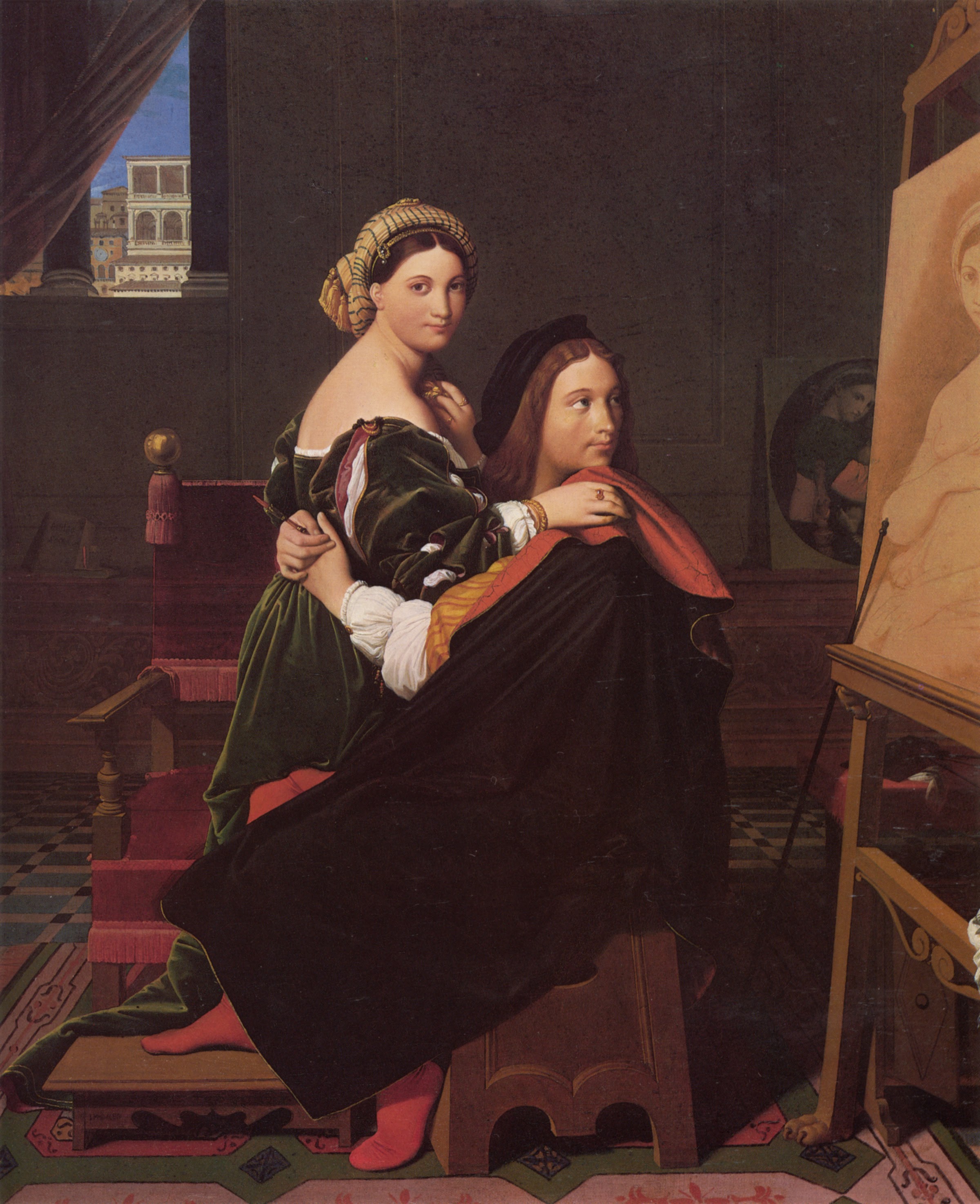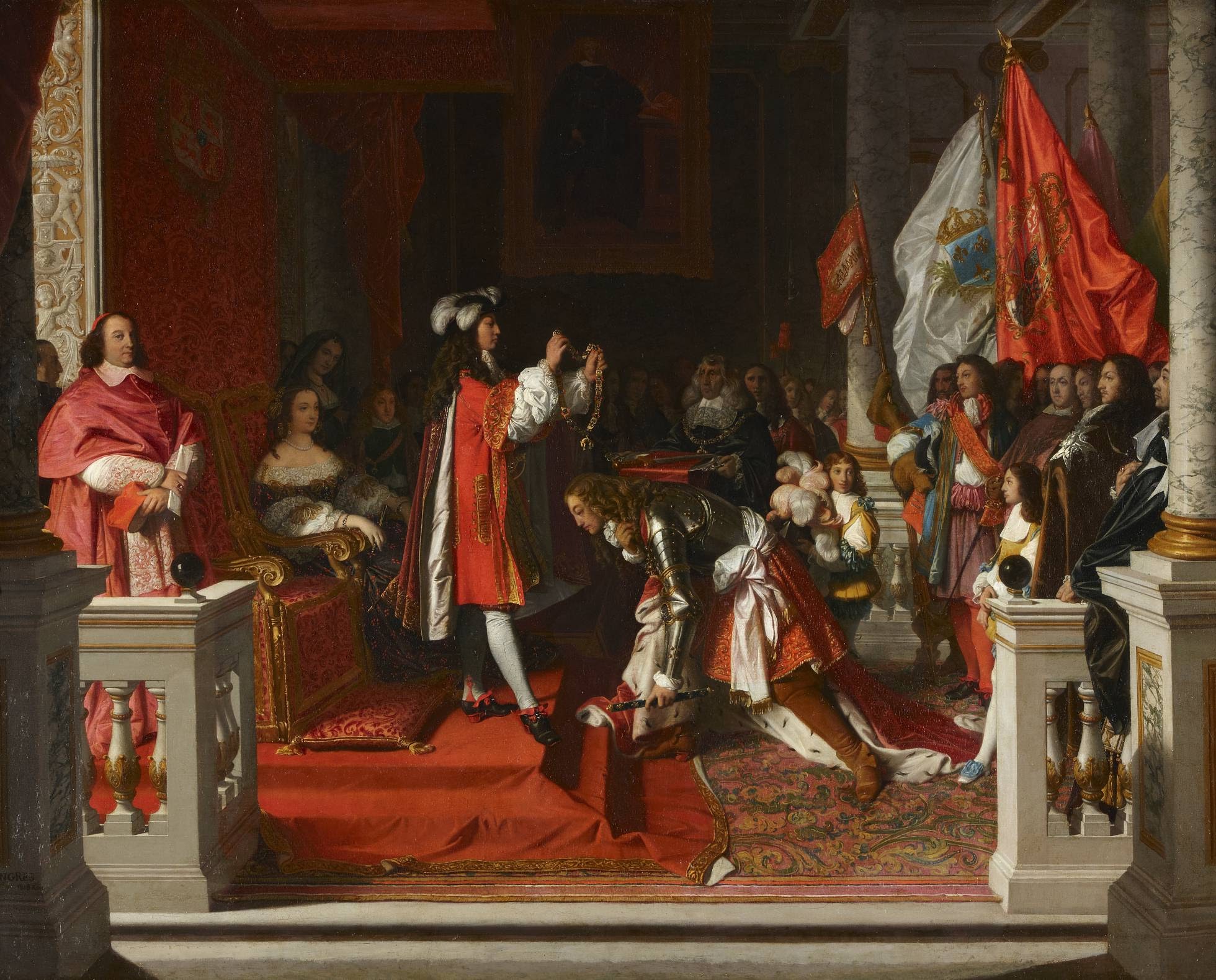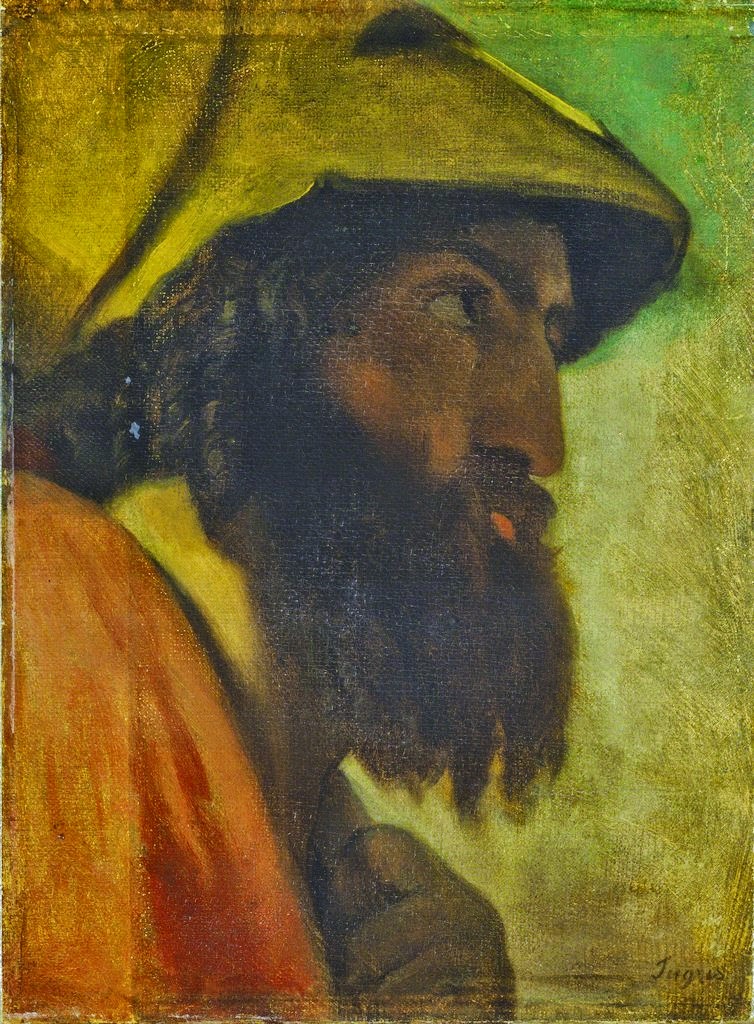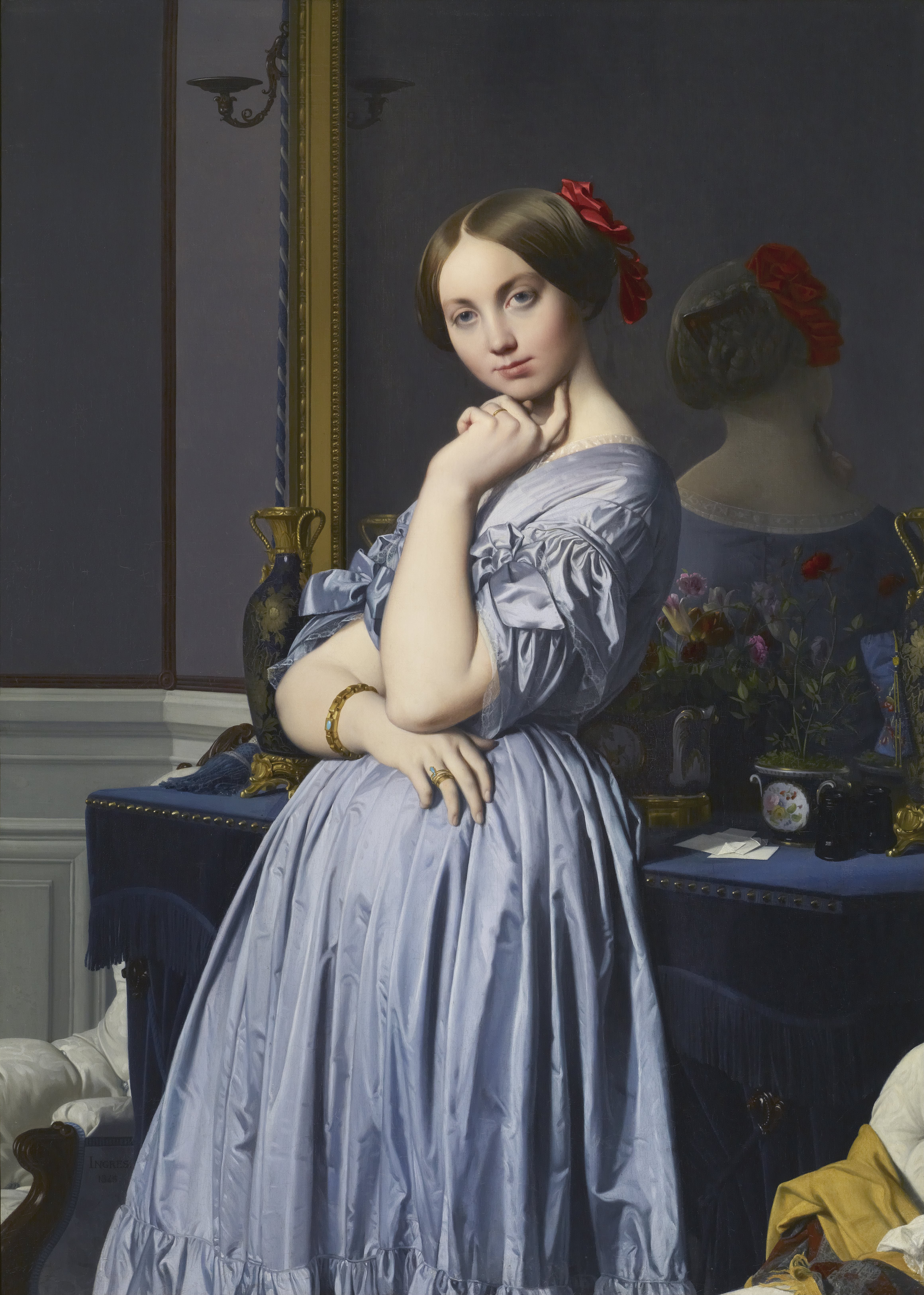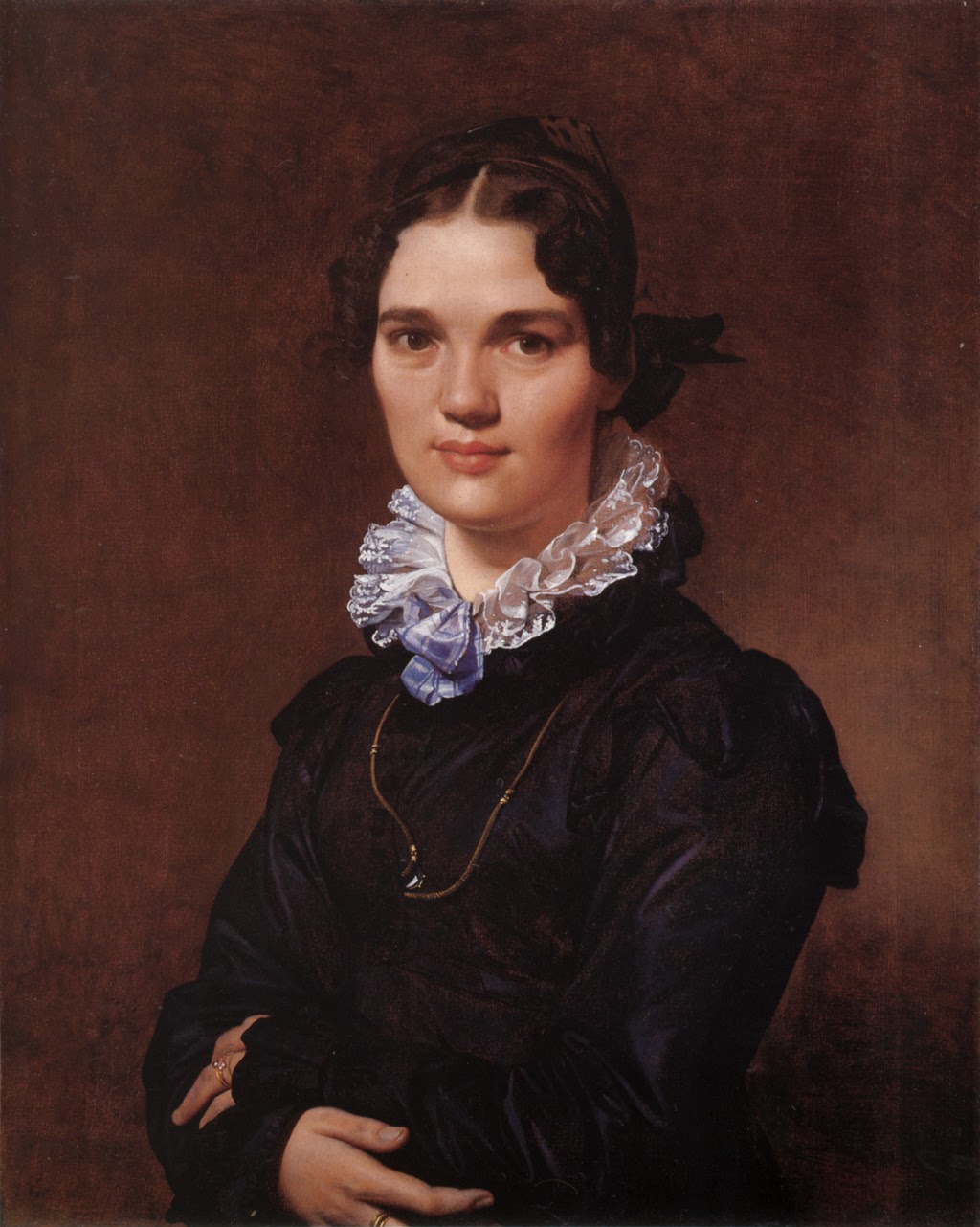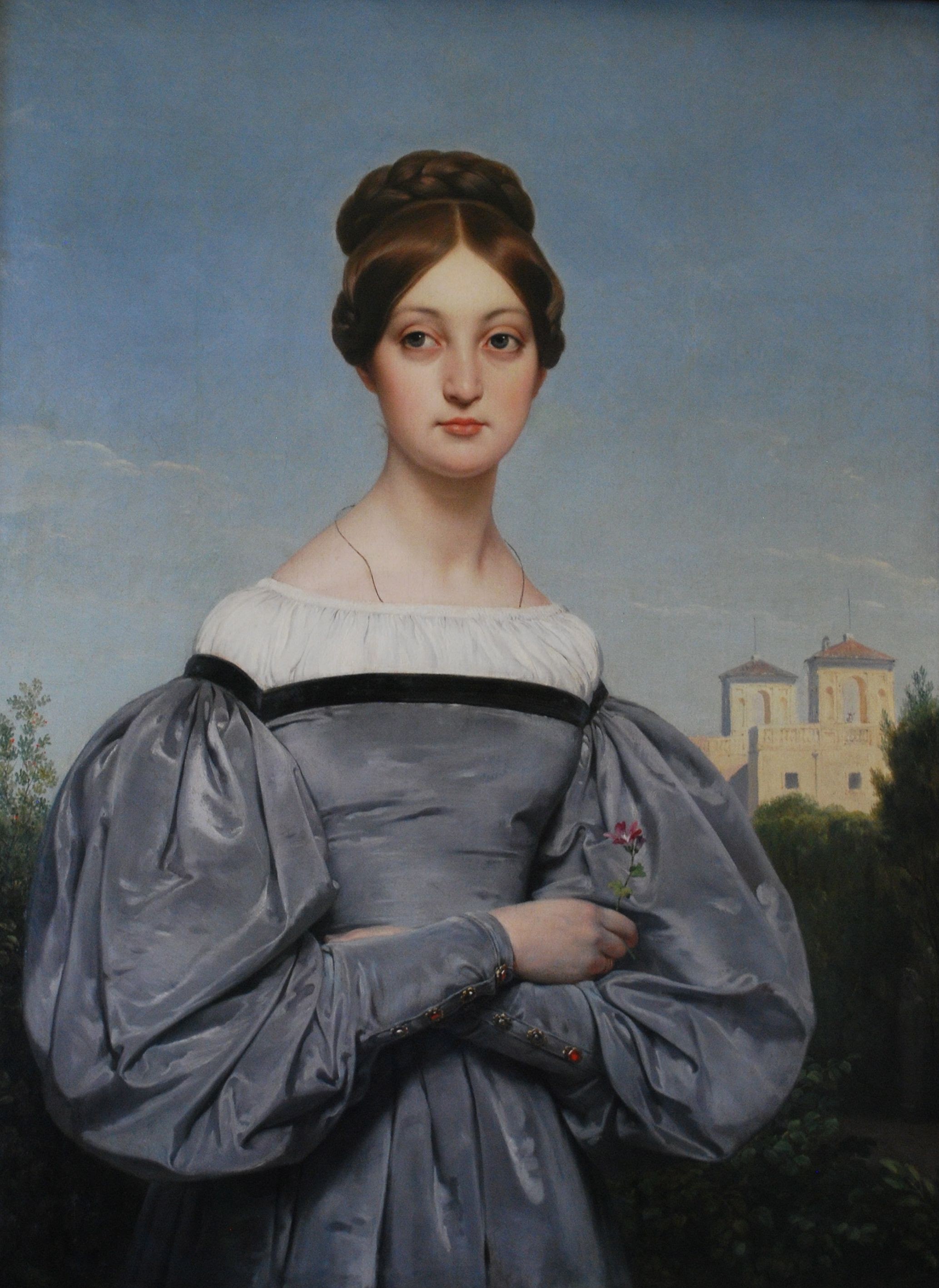Hey there, let’s talk about Jean-Auguste-Dominique Ingres (1780-1867), the French painter who left a mark on art history. He saw himself as a history painter, following in the footsteps of greats like Nicolas Poussin and Jacques-Louis David. But here’s the twist – by the end of his career, it was his portraits that stole the limelight.

Ingres was all about preserving the artistic traditions of the past. He played the role of a guardian, protecting the old-school style of art when Romanticism, led by his rival Eugène Delacroix, was on the rise. He’d say things like, “I’m here to stick to the good old ways, not to jump on the new art bandwagon.”
But guess what? Despite his Neoclassical background, we now see Ingres as a bit of a Romantic himself. His unique way of playing with form and space laid the foundation for modern art.
Ingres had his style locked down early in life, and he didn’t mess with it much. His early drawings, like the Portrait of a Man, already showed his knack for nailing precise outlines. He believed that drawing was the heart and soul of art. To him, color was cool, but it played second fiddle. He’d say, “Drawing isn’t just about lines; it’s about expression, composition, and giving shapes life.”
Unlike some artsy folks of his time, Ingres didn’t want his paintings to look like someone had just splashed color everywhere. Nope, he was all about keeping brushstrokes hidden. He didn’t rely on fancy color tricks and lighting effects like the Romantic crowd did. He preferred using local colors with a touch of gentle shading. He used to say, “You gotta know your stuff inside out.” But this approach sometimes made it tricky to make everything in his paintings fit together, especially in complex scenes.
Ingres was at his best when he focused on just one or two characters. Works like Oedipus, The Half-Length Bather, Odalisque, and The Spring showcase his talent for making perfect physical well-being pop on canvas. But when he tried to capture action and drama, like in Roger Freeing Angelica, things got a bit wonky. His characters sometimes looked more like actors waiting for their cue, and emotions in those paintings? Well, they often seemed over-the-top or wooden.
When it came to reading, Ingres kept it old-school too. He was all about classics like Homer, Virgil, Plutarch, Dante, and artist biographies. He had some favorite themes that he painted again and again. Battle scenes weren’t his jam, even though they were a hit at the time. Instead, he liked to paint moments of clarity, intimate choices, and everyday human interactions, minus all the violence.
Ingres’s fascination with odalisques, those relaxed female figures, came from his readings. He was influenced by Mary Wortley Montagu’s tales of Turkey during her husband’s diplomatic mission. People in Europe couldn’t get enough of her stories when they were published.

